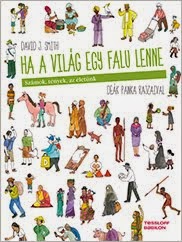
Illusztrációs sorozat Nietzsche A nem-morálisan fölfogott igazságról és hazugságról című esszéjének részleteihez. A téma az észlelés, a megismerés, a valóság megismerhetősége, ill. ezeknek viszonylagossága alapján megfogalmazott cél felhívni a figyelmet az egymás iránti toleranciára a kommunikáció során.
Illustration series for the detalis of Nietzsche's essay 'On Truth and Lies in a Nonmoral Sense'. The theme is perception, cognition and the possibility of cogniting the reality. On the basis of these things' relativity the aim is to attract the attention to the tolerancy toward each other in the course of communication.

































